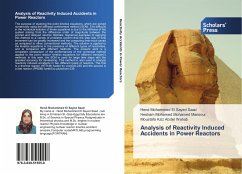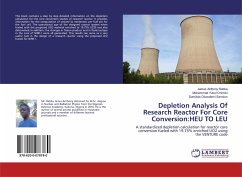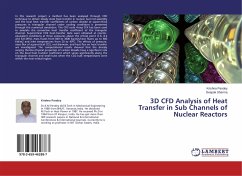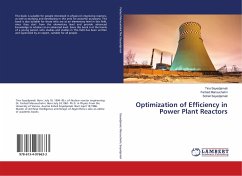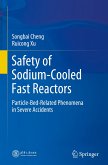The purpose of studying the point kinetics equations, which are solved numerically using the stiffness confinement method (SCM). The difficulty in the numerical solution of these equations is due to the stiffness of the system arising from the difference order of magnitude between the prompt and delayed neutron lifetimes. Numerical examples of applying this method to a variety of problems confirm that the step size of time increment can be greatly increased and the computing time much saved as compared to other conventional methods. The solution is applied to the kinetics equations in the presence of different types of reactivities, and is compared with different methods. The present work is a consistent comparison of the performances of the numerical method applied to the point reactor kinetics equations for different transient's methods. In this work, the SCM is used for large time steps with the greatest accuracy for developing. This method is, also used to analyze reactivity induced accidents in two different types of reactors. The first is a thermal reactor (HTR-M) fueled by uranium-235 and the second is a fast reactor (PRISM) fueled by plutonium-239.

